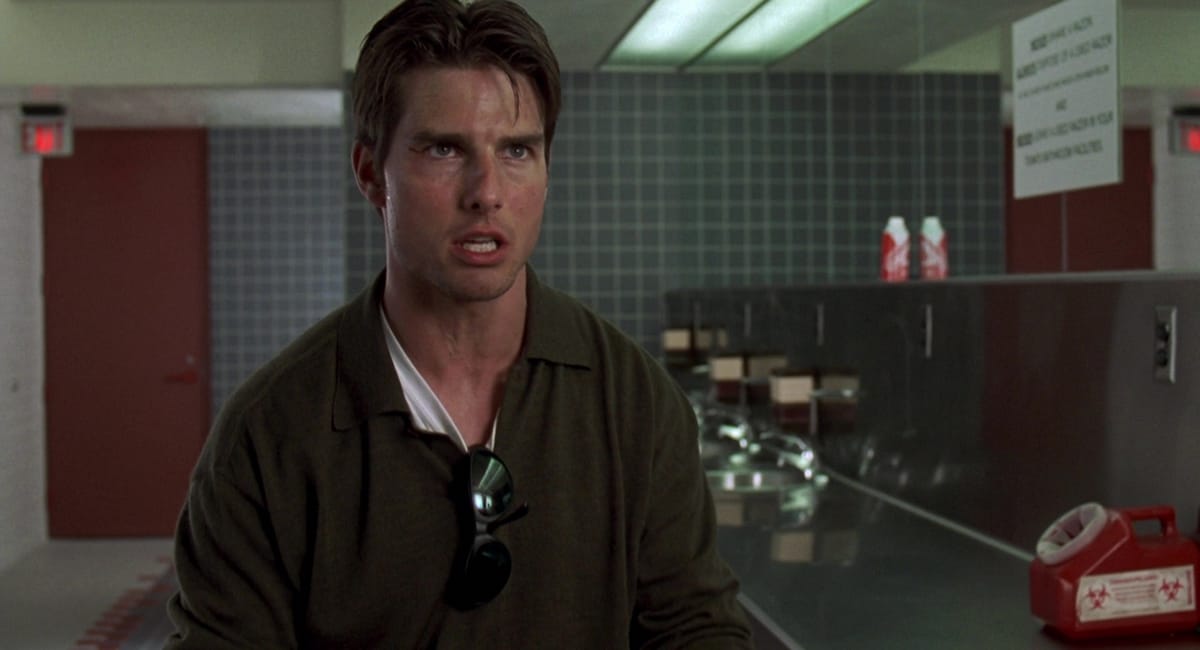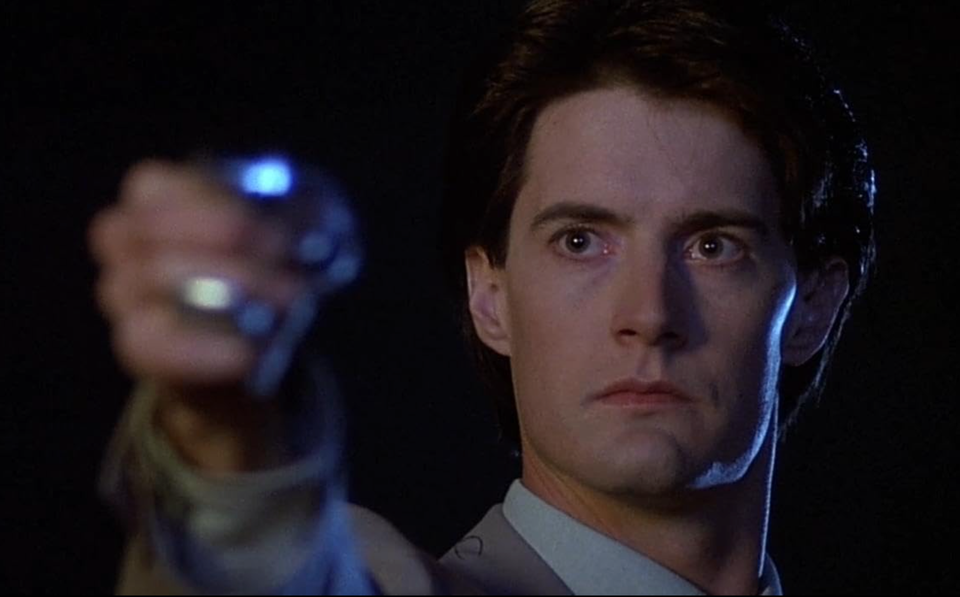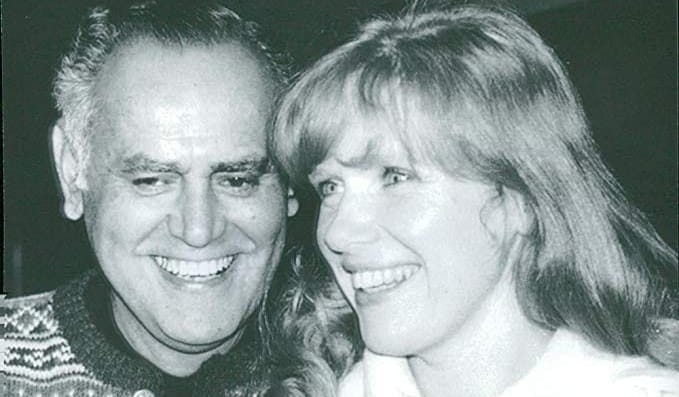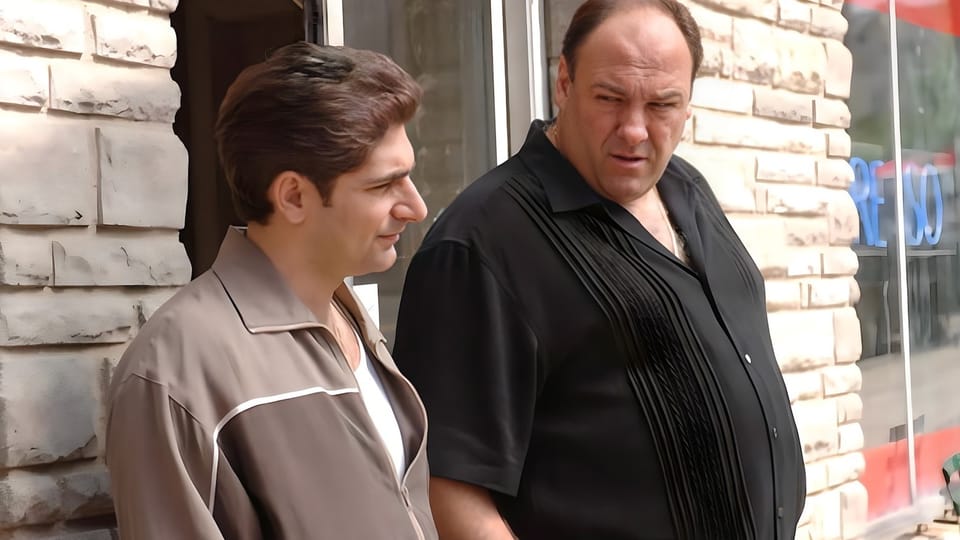The scene is the emotion. The emotion is the scene.
Movies are an emotion delivery system. This is the point of the whole exercise. And that is the point of the scene.

My last two produced films were horror movies. Both disappointing, one a travesty.
In both cases, the directors rewrote the script. When producers complained about the lack of scares in their new drafts, they answered, “The scares will be there, don’t worry. We’ll add them in later.”
But they never did.
Sure, they added jump scares with some cats and figures leaping out of the dark, but no genuine scares. No real tension.
No horror.
Because the scenes weren’t built for it.
Ever try to add butter you forgot in the initial brownie mix by adding it on top of the half-baked brownies?
I tried that as a kid.
It doesn’t work.
Same idea here. Sometimes it’s just too late.
Don't try to add emotion in later. Plan for it from the beginning.
Stories are about emotion.
I hit this note often: movies are an emotion delivery system. This is the point of the whole exercise. It’s the transaction. That’s what the audience wants from stories.
They give us money, we evoke emotion.
But that emotion is not random.
It is going to come from the character and their story.
If the character doesn’t feel it, we won’t feel it.
If they don’t care for themselves, we don’t care for them.
But if we do it right, each emotional moment adds value to the next, amplifying the emotional response from the audience.
That is, the story's whole is worth more than the sum of its parts (the emotional moments).
We do that by connecting the emotion to the story.
Each scene has a purpose.
The connection between emotion and story is that each scene’s job is to move the story forward in at least some small way.
Something is true at the end of the scene that wasn’t true at the beginning.
Something is different.
And a character will have an emotional response to that. This change and this response affect this character’s story.
It pulls them toward where they’re going in their personal journey, pushes them back, or tempts them in another direction.
Often, they are going to want to resist this new truth, and this resistance is what creates the emotion.
Other times, it's a victory for them. Whether that victory pushes, pulls, or diverts, we don’t know yet.
But the change and the emotional response to it is the whole point of the scene.
It’s not about information.
The biggest mistake we usually make is that we see a scene as just a plot, and we miss the emotion.
The good news is that we can often find the emotion there and we just have to emphasize it or shine a light on it. You probably added this moment for a reason, didn't you? You might have imagined an emotional response but didn’t put it on the page.
So fix that. Fixing things like that is part of the fun. It’s discovery and creation. We see what needs to be done, and we do it.
It’s a more significant issue if the plot (information) doesn’t demand an emotional response to explore at all!
In that case, we may want to ask if this plot information is even necessary or if it is just data we don’t care about.
Because if it pushes, pulls, or diverts a character from their journey, it would probably require some kind of emotional response.
Be careful of the wrong emotion.
This is kind of a funny way to put it, but this is about your concept and your genre. Your genre cannot be completely separate from your story.
This was the mistake the directors of those last two movies made.
They created emotional moments, but none of them were in scary scenes!
They were dramatic scenes. Character moments of regret and shame, and some of them even worked. This may have been fine in a vacuum, but it left no room in a horror movie for the horror.
There was nothing scary pushing these stories forward.
When it came time to “add in the scares,” there was only room to tack on jump scares.
The jump scares had no effect on the characters therefore they had no emotional response and ultimately left the audience cold.
Compare this to one of my favorite horror movies of the last 15 years, THE CONJURING (and likely any great horror movie picked randomly), where each horror set piece affects the characters and pushes them forward in the story.
Each set piece is a turning point.
Make sure the genre affects the characters.
What is your concept? What is your genre? What engine makes your screenplay fun and compelling?
Ensure the scenes that exploit those questions affect your characters and push, pull, or divert them from where they are ultimately going.
In a romantic comedy, most of your character’s stories shift on romantic, sexy, flirtatious, or heartbreaking scenes of romantic potential or destruction.
In an action film, make sure the action scenes affect the character’s journey, whatever the concept. This is almost always why an action movie fails to resonate with an audience.
In a comedy, the comedy set-pieces should help mold the character into who they become.
This is true for any genre: thriller, mystery, musical, or any combination that excites you.
Some examples.
I saw ALIEN: ROMULUS this weekend! I enjoyed it, but that’s as detailed as I will get so as not to affect anyone else’s judgment when they see it. (If you’re a fan of the series, see it.)
So, I want to talk about two early scenes in the movie. Just the first five minutes and nothing more than that.
Spoilers for the first five minutes of ALIEN: ROMULUS
The protagonist, Rain, goes to the company office to get a ticket off the planet now that she has fulfilled her contract.
She is told that the company has changed the terms and now has eight more years of mining to go before she will be released.
It’s devastating, of course, but she takes it better than I would have, almost like she expected something like this to happen.
But this news affects her and affects her decisions later.
She has a much bigger emotional response (saying something about what she cares about) when she sees her “brother,” a synthetic, fallen over on the street, malfunctioning, and likely hurt.
This also affects her decisions later about what she thinks is best for him and what kind of relationship she wants with him.
END SPOILERS
Each scene has a specific purpose.
- Something is true at the end that wasn’t true at the beginning.
- A character has an emotional response.
- It affects them and, therefore, affects their journey.
Jerry Maguire
It is one of my favorite movies from the 90s. I know it inside out, so I can just riff on this one, and we don’t need spoiler alerts for 28-year-old movies (Oh my God, has it been that long?).
Jerry is a sports agent and goes through a wild emotional journey of being on top of the world to totally ruined in about 12 minutes. It’s a trip.
- It starts with Jerry introducing one of only two clients to NFL execs the night before the NFL draft. He is excited because his other client will be the #1 pick of the draft, so things are going great.
- In the next scene, Jerry visits that client only to find out that the #1 pick of the draft has signed with another agent! It’s an emotionally grueling scene. We know how much Jerry has riding on this. This will ruin him and his new company.
- Next, Jerry goes to his fiance. She is unsympathetic, even chastising him. Jerry realizes he should not be with this woman. He breaks off the engagement!
- The next morning, his remaining client, Rod, refuses to sympathize with the hungover Jerry. “You’re going to get me that money,” he says, telling Jerry he has a job to do.
- Jerry shows up at his assistant’s house drunk and devastated, which ignites a personal intimacy they did not have before.
Again, each scene has a specific purpose.
- Something is true at the end of the scene that wasn’t true at the beginning.
- A character has an emotional response.
- It affects them and therefore affects their journey.
The scene is the emotion.
The change in the scene and the emotional response to it is why the scene is there.
And while the scene is (hopefully) filled with other emotional moments, some big, some slight, tension, comedy, and thrills, they support the scene’s purpose.
This is why you can elevate and highlight emotion already there, but it’s much tougher to add it in later, in the screenwriter’s version of “fix it in post.”
You cannot just decide, “We need to make Jerry Maguire a horror film,” without rewriting the whole thing.
Those emotions are built in. You can have less comedy, maybe. Perhaps more comedy. I’m not even sure you could make it “less dramatic,” without changing relationships because it’s all built-in.
A big part of the fun of writing scenes is finding surprising emotional reactions that remain emotionally truthful, but those reactions are still limited by what has to happen to move the story forward.
If you want to drastically change the emotion, you will likely need to reconstruct the scene.
How the scene and its emotional response affect the story should be on your mind from inception.
The Story and Plot Weekly Email is published every Tuesday morning. Don't miss another one.
When you're ready, these are ways I can help you:
WORK WITH ME 1:1
1-on-1 Coaching | Screenplay Consultation
TAKE A COURSE
Mastering Structure | Idea To Outline




